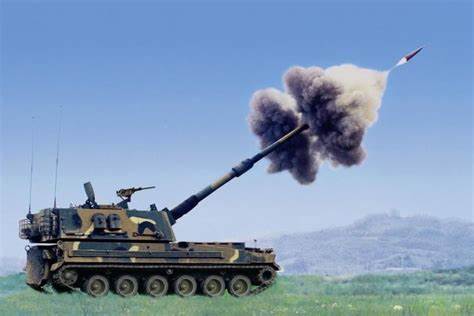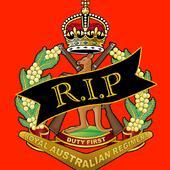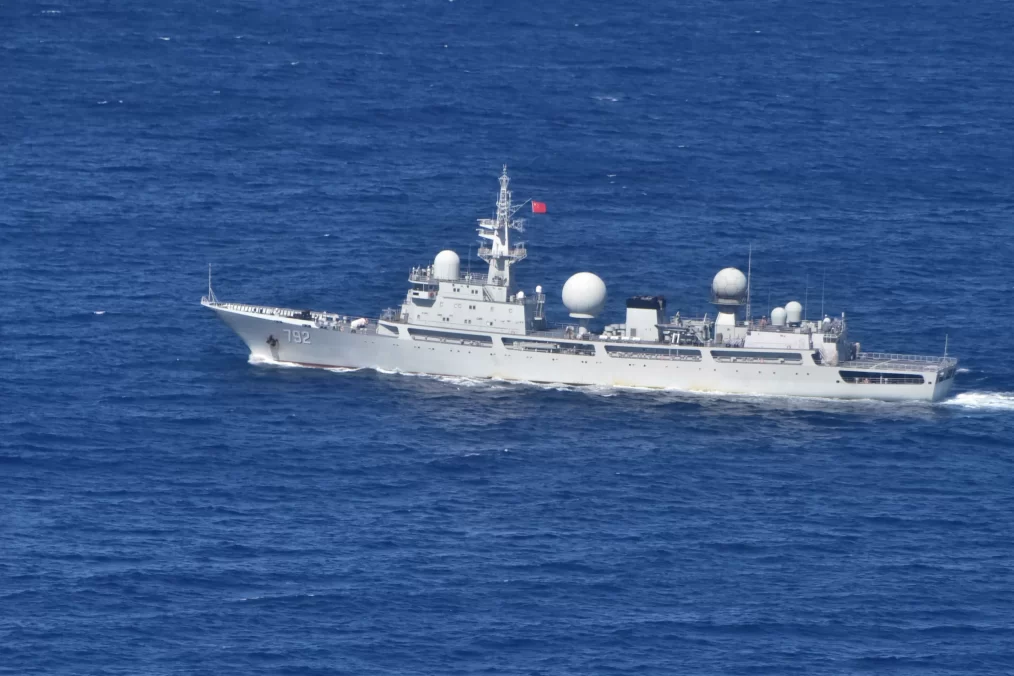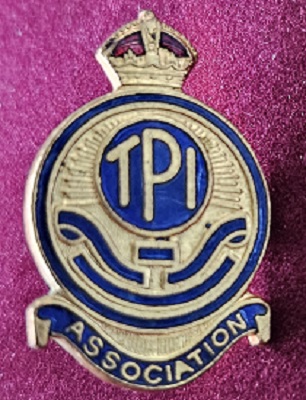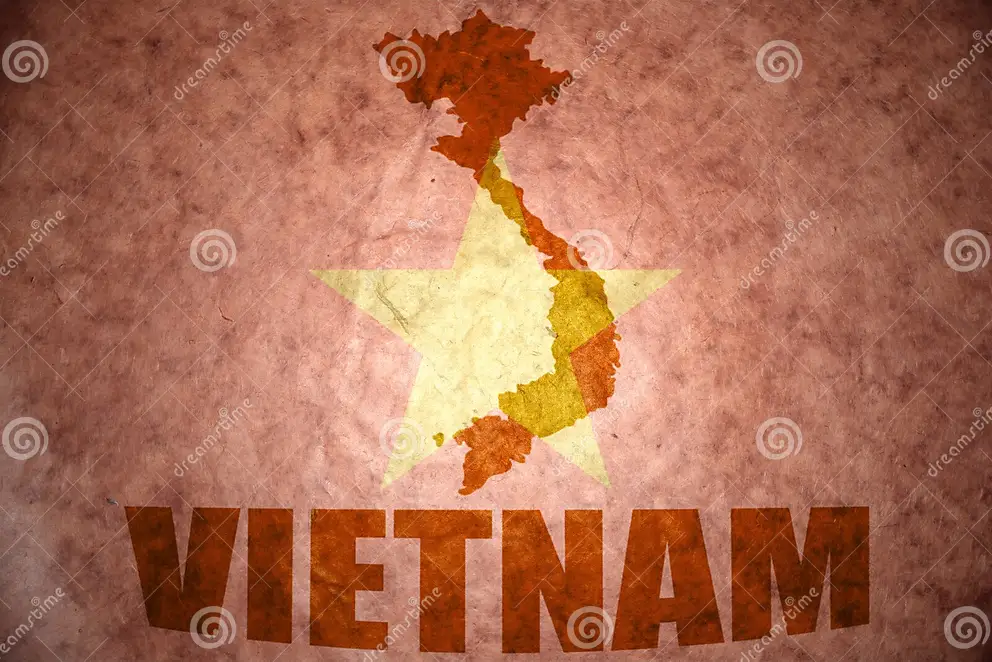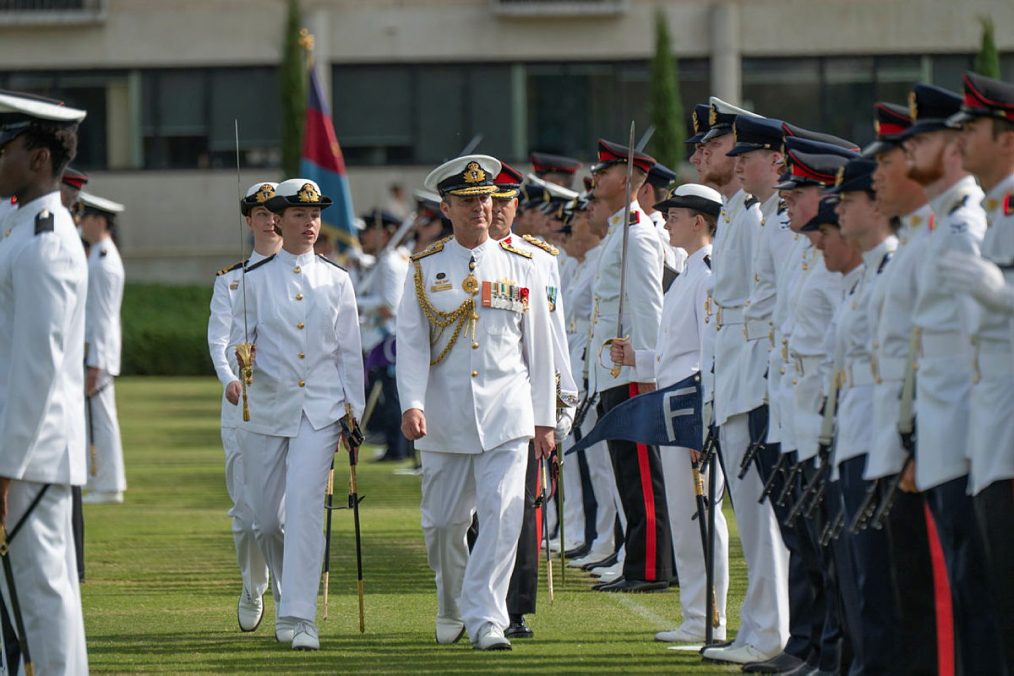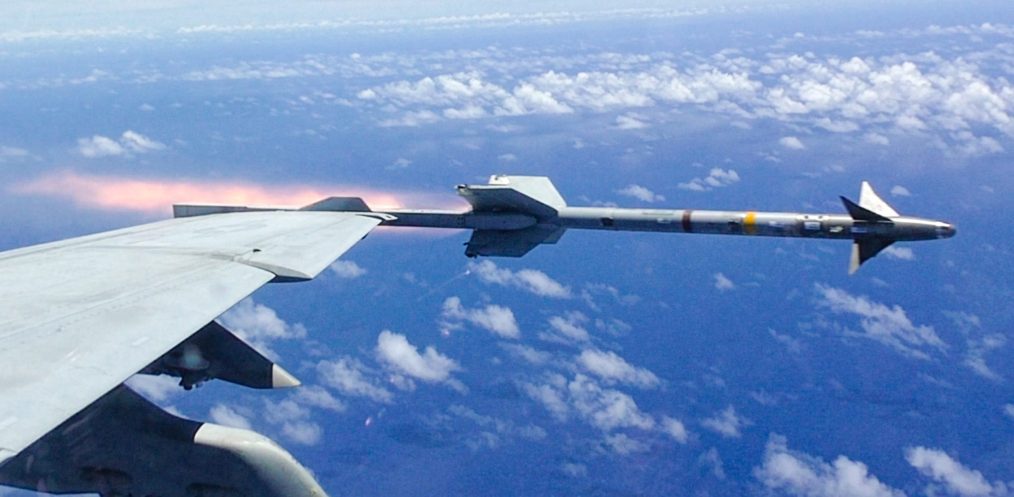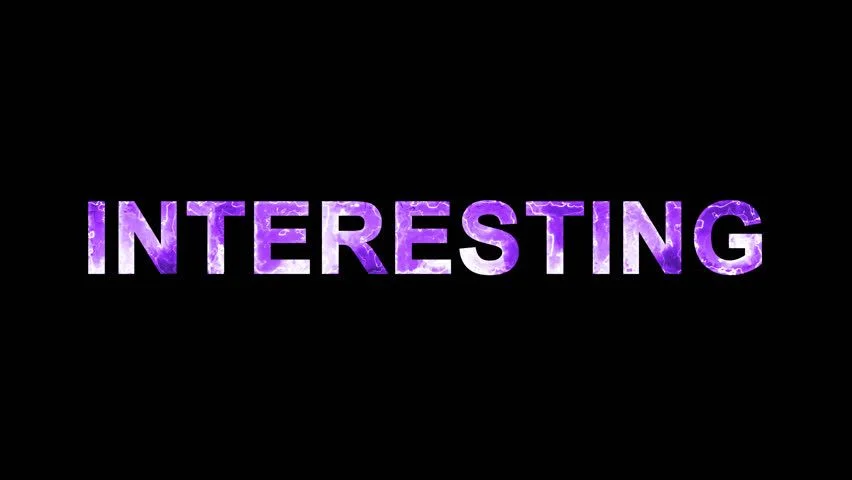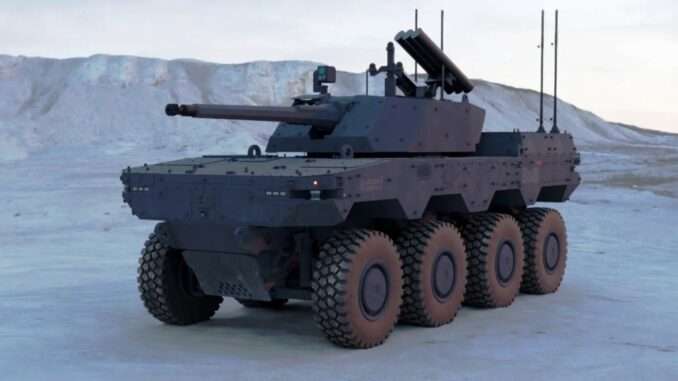The Chief of the Defence Force, Admiral David Johnston, AC inspects the Parade. Photo by Kasumi Hamon
The Australian Defence Force Academy (ADFA) has conducted its annual Chief of Defence Force (CDF) Parade, marking the completion of initial training for first-year Trainee Officers (Midshipmen and Officer Cadets).
The Chief of the Defence Force, Admiral David Johnston AC RAN, reviewed and addressed the Parade, welcoming the new Trainee Officers to the Australian Defence Force (ADF).
In his inaugural parade at the Academy as Chief of the Defence Force, Admiral Johnston said it is a very proud moment and an important milestone for the Midshipmen and Officer Cadets, and their families.
“The ADF of today greatly requires what the Academy produces in its officers. The National Defence Strategy calls for an integrated force, and the foundation of that integration starts here at ADFA. What you learn here will set you up for the first steps of your career.
In the years ahead you’ll reflect on your time here, and I hope you will do so with pride. My sincere best wishes to you all, and I look forward to recognising many more of your achievements over the coming years,” said Admiral Johnston.
This year ADFA welcomed 360 incoming Trainee Officers, including 21 international students representing 12 nations including Brunei, Cambodia, Fiji, Indonesia, Malaysia, Solomon Islands, Thailand, Vanuatu, Philippines, Vietnam, New Zealand and Pakistan.
International Trainee Officers will go on to use the skills they develop at ADFA to build successful military careers in their respective countries Armed Forces.
Welcoming the first ever Indonesian, Solomon Island and Vanuatu Trainee Officers to ADFA, Commandant ADFA Brigadier Troy Francis, said this is a significant step in our commitment to strengthening strategic partnerships in our region.
“Studying alongside international Trainee Officers develops valuable skills for future ADF leaders; the ability to collaborate effectively towards a common goal is vital to the success of any mission,” BRIG Francis said.
ADFA offers world-class education plus cutting-edge military and leadership training to equip graduates with the knowledge, skills and attributes to be a future leader in the ADF.
The Trainee Officers will now commence University of New South Wales (UNSW) delivered degrees in Arts, Business, Engineering, Science, Cyber and Information Technology, in conjunction with ongoing military training.

